These book-length studies either focus on or devote significant attention to Chinese cinema during the late Qing dynasty (up to 1911) and during the Republic of China (up to 1949). Listed in reverse chronological order by year of publication. This post will be updated on an ongoing basis, as new books are published. Please write if you note an error or omission.
Also check out the bibliographies related to Media/Film at the Modern Chinese Literature and Culture (MCLC) Resource Center at the Ohio State University, in particular the Early Cinema bibliography, which includes book chapters and articles in addition to books.
Related Posts
Chinese Film (2023), by Jason McGrath
Chinese Cinema: Realism and Convention from the Silent Era to the Digital Age by Jason McGrath University of Minnesota Press 424 pages, 67 illustrations ISBN: 9781517914035 Publisher website: https://www.upress.umn.edu/9781517914035/chinese-film/ Publisher’s description: A tour de force chronicling the development of realism in Chinese cinema The history of Chinese cinema is as long and complicated as the […]
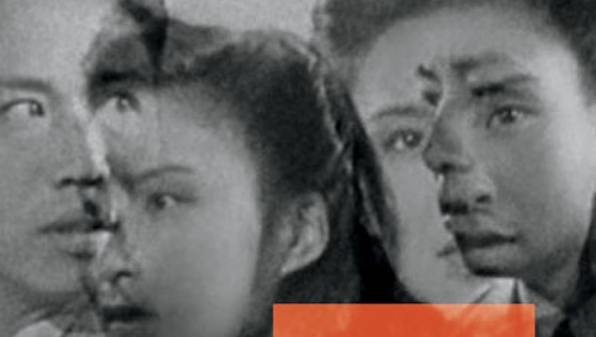
Cinematic Guerrillas (2023), by Jie Li
Cinematic Guerrillas is a media history of Chinese film exhibition and reception that offers fresh insights into the powers and limits of propaganda.
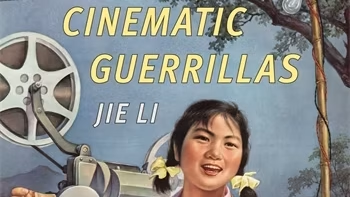
Chinese Film Classics, 1922-1929 (2021), by Christopher Rea
An essential guide to the first golden age of Chinese cinema, offering detailed introductions to fourteen films.

The Chinese Cinema Book, 2nd ed. (2020), edited by Song Hwee Lim and Julian Ward
This revised and updated new edition provides a comprehensive introduction to the history of cinema in mainland China, Hong Kong and Taiwan, as well as to disaporic and transnational Chinese film-making, from the beginnings of cinema to the present day.

Animated Encounters (2019), by Daisy Yan Du
China’s role in the history of world animation has been trivialized or largely forgotten. In Animated Encounters Daisy Yan Du addresses this omission in her study of Chinese animation and its engagement with international forces during its formative period, the 1940s–1970s.

Early Film Culture in Hong Kong, Taiwan, and Republican China (2018), edited by Emilie Yueh-yu Yeh
This volume features new work on cinema in early twentieth-century Hong Kong, Taiwan, and Republican China. Looking beyond relatively well-studied cities like Shanghai, these essays foreground cinema’s relationship with imperialism and colonialism and emphasize the rapid development of cinema as a sociocultural institution.
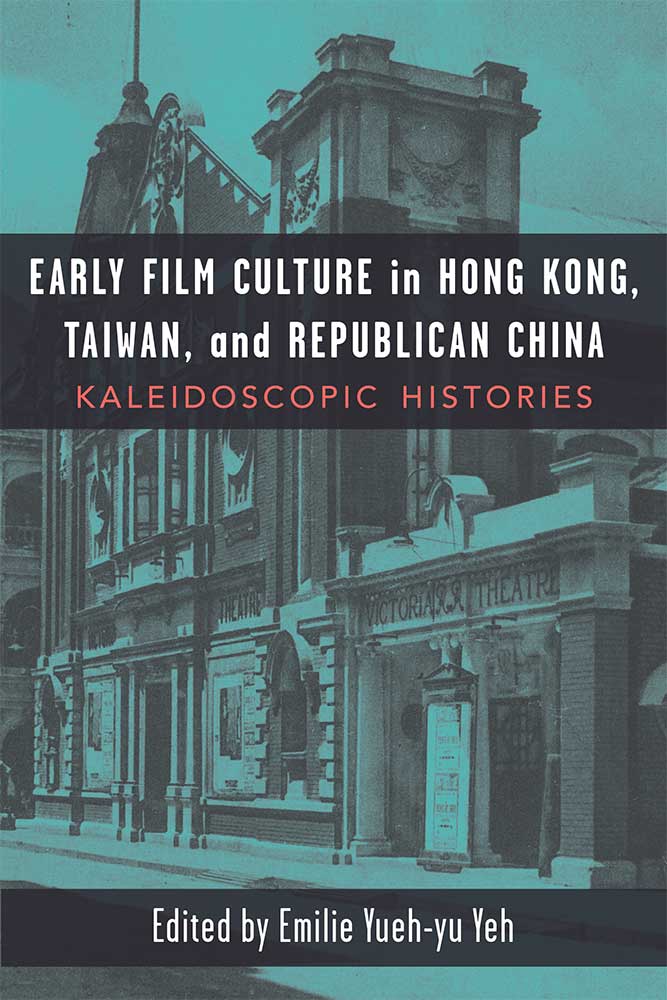
Chinese Movie Magazines (2018), by Paul Fonoroff
Showcasing an exotic, eclectic, and rare array of covers from more than five hundred movie publications from a glamorous bygone age, Chinese Movie Magazines sheds fresh light on China’s film industry during a transformative period of its history.
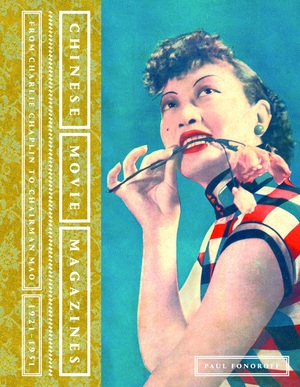
The Poetics of Chinese Cinema (2016), edited by Gary Bettinson and James Udden
This book examines the aesthetic qualities of particular Chinese-language films and the rich artistic traditions from which they spring.

Sounding the Modern Woman (2015), by Jean Ma
From the beginning of the sound cinema era, singing actresses captivated Chinese audiences. In Sounding the Modern Woman, Jean Ma shows how their rise to stardom attests to the changing roles of women in urban modernity and the complex symbiosis between the film and music industries.

Chinese Martial Arts Cinema, 2nd ed (2015), by Stephen Teo
Chinese Martial Arts Cinema: The Wuxia Tradition (2nd edition) Stephen Teo Edinburgh University Press 272 pages, 2015 ISBN: 9781474400084 Publisher website: https://edinburghuniversitypress.com/book-chinese-martial-arts-cinema.html Publisher’s description: Traces the development of contemporary martial arts cinema in China This updated edition is a comprehensive, fully researched account of the historical and contemporary development of the traditional martial arts genre […]

Fiery Cinema (2015), by Weihong Bao
What was cinema in modern China? It was, this book tells us, a dynamic entity, not strictly tied to one media technology, one mode of operation, or one system of aesthetic code. It was, in Weihong Bao’s term, an affective medium, a distinct notion of the medium as mediating environment with the power to stir passions, frame perception, and mold experience.

Shanghai Filmmaking (2014), by Huang Xuelei
In Shanghai Filmmaking, Huang Xuelei invites readers to go on an intimate, detailed, behind-the-scenes tour of the world of early Chinese cinema. She paints a nuanced picture of the Mingxing Motion Picture Company, the leading Chinese film studio in the 1920s and 1930s, and argues that Shanghai filmmaking involved a series of border-crossing practices.

Wang Renmei (2013), by Richard J. Meyer
Wang Renmei was on a fast track to become one of China’s leading film stars in the 1930s. Her early films were received with magnificent praise by audiences and critics alike, though she later lamented that she became famous too early and never had a chance to properly study acting.

The Oxford Handbook of Chinese Cinemas (2013), edited by Carlos Rojas and Eileen Chow
What does it mean for a cinematic work to be "Chinese"? Does it refer specifically to a work's subject, or does it also reflect considerations of language, ethnicity, nationality, ideology, or political orientation? Such questions make any single approach to a vast field like "Chinese cinema" difficult at best. This Handbook presents thirty-three essays by leading researchers and scholars intent on yielding new insights and new analyses using three different methodologies.

Visualising China, 1845-1965 (2013), edited by Christian Henriot and Wen-hsin Yeh
In Visualizing China, the authors join forces to launch a broader inquiry aimed at a synergistic understanding of the larger story of visuality in modern China. The essays cluster around several nodal points including photographs, advertising, posters and movies, spanning from the 1840s to the 1960s, and devote special attention to modern Chinese practices in the visualization of things Chinese.

A Companion to Chinese Cinema (2012), edited by Yingjin Zhang
A Companion to Chinese Cinema is a collection of original essays written by experts in a range of disciplines that provide a comprehensive overview of the evolution and current state of Chinese cinema.

The Origins of the Left-wing Cinema in China (2012), by Vivian Shen
This book takes a cultural studies approach to analyze and account for the ways in which related to film, literature, cultural production, ideology, social change and modernity were in raised in the leftwing film movement of the 1930s.

Chinese Women’s Cinema (2011), edited by Lingzhen Wang
The first of its kind in English, this collection explores twenty one well established and lesser known female filmmakers from mainland China, Hong Kong, Taiwan, and the Chinese diaspora. Sixteen scholars illuminate these filmmakers' negotiations of local and global politics, cinematic representation, and issues of gender and sexuality, covering works from the 1920s to the present.

China on Film (2011), by Paul G. Pickowicz
Leading scholar Paul G. Pickowicz traces the dynamic history of Chinese filmmaking and discusses its course of development from the early days to the present.

Chinese Film Stars (2010), edited by Mary Farquhar and Yingjin Zhang
This volume of original essays fills a significant research gap in Chinese film studies by offering an interdisciplinary, comparative examination of ethnic Chinese film stars from the silent period to the era of globalization.

Jin Yan (2009), by Richard J. Meyer
Jin Yan: The Rudolph Valentino of Shanghai tells the remarkable story of the “Emperor of Film,” who dominated the golden age of Chinese silent movies. Jin Yan achieved his greatest stardom in the 1930s, when women literally threw themselves at his feet.

Chinese Films in Focus II (2008), edited by Chris Berry
Chinese Films in Focus II updates and expands the original Chinese Films in Focus: 25 New Takes with fourteen brand new essays, to offer thirty-four fresh and insightful readings of key individual films. The new edition addresses films from mainland China, Taiwan, Hong Kong and other parts of the Chinese diaspora and the historical coverage ranges from the 1930s to the present.

An Amorous History of the Silver Screen (2005), by Zhang Zhen
The first sustained historical study of the emergence of cinema in China, An Amorous History of the Silver Screen is a fascinating narrative that illustrates the immense cultural significance of film and its power as a vehicle for social change.

Ruan Ling-Yu (2005), by Richard J. Meyer
Ruan Ling-yu: The Goddess of Shanghai tells the story of one of the greatest Chinese movie stars of the silent era from humble origins to tragic death at the height of her career.

Chinese-Language Film (2005), edited by Sheldon H. Lu and Emily Yueh-yu Yeh
This volume, the most comprehensive work to date on Chinese film, explores the manifold dimensions of the subject and highlights areas overlooked in previous studies. Leading scholars take up issues and topics covering the entire range of Chinese cinema.

Chinese National Cinema (2004), by Yingjin Zhang
This introduction to Chinese national cinema covers three 'Chinas': mainland China, Hong Kong and Taiwan. Historical and comparative perspectives bring out the parallel developments in these three Chinas, while critical analysis explores thematic and stylistic changes over time.
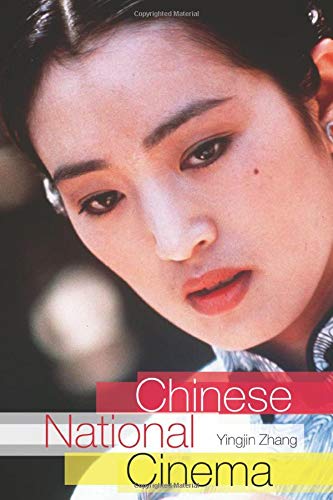
Chinese Films in Focus (2003), edited by Chris Berry
'Chinese Films in Focus' is an anthology of 25 fresh and original readings of individual Chinese films. Mainland China, Taiwan, Hong Kong and the diaspora are all included, and historical coverage ranges from the 1930s to the beginning of the 21st century.
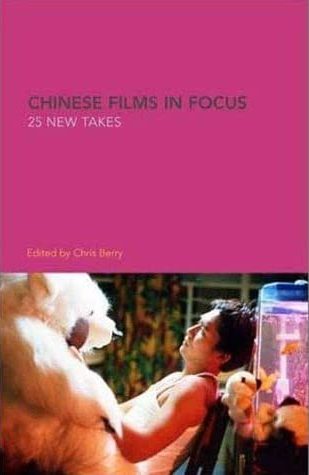
Projecting a Nation (2003), by Jubin Hu
This is the first major work on pre-1949 Chinese cinema in English. As such, it represents a major contribution to existing discussions of both Chinese cinema and national cinema, and is an indispensible basic resource for scholars interested in Chinese film history. The book analyses the wide variety of conceptions of “Chinese national cinema” between the early years of the 20th century and 1949, and contrasts these to conceptions of national cinema in Europe and China.

Between Shanghai and Hong Kong (2003), by Poshek Fu
Based on meticulous archival research and a repository of rare films, most of which were believed lost, this book is a pioneering critical study of the Chinese cinemas in Hong Kong and Shanghai and their complex interconnections.

Witness Against History (2003), by Yomi Braester
Witness against History offers fresh readings of milestones in twentieth-century Chinese literature and cinema. The book reveals how these texts and films, which seem to proclaim faith in modernity, nevertheless doubt the possibility of changing the course of history.
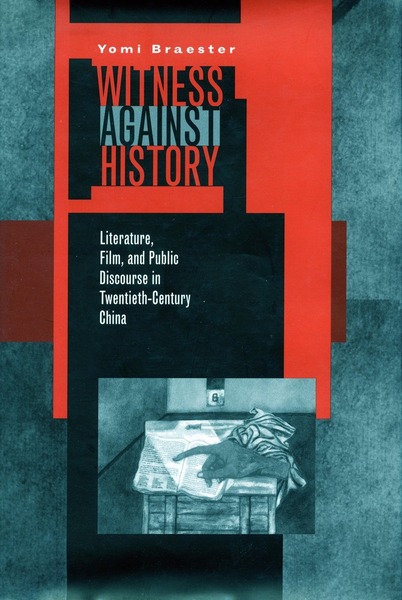
Building a New China in Cinema (2002), by Laikwan Pang
Building a New China in Cinema introduces English readers for the first time to one of the most exciting left-wing cinema traditions in the world. This unique book explores the history, ideology, and aesthetics of China's left-wing cinema movement, a quixotic film culture that was as political as commercial, as militant as sensationalist.

Cinema and Urban Culture in Shanghai (1999), edited by Yingjin Zhang
This volume aims both to establish cinema as a vital force in Shanghai culture and to direct attention to early Chinese cinema, a crucial chapter in Chinese cultural history long neglected by Western scholars.

Encyclopedia of Chinese Film (1998), edited by Yingjin Zhang and Zhiwei Xiao
Encyclopedia of Chinese Film edited by Yingjin Zhang and Zhiwei Xiao Routledge 504 pages, 1998 (new edition 2014) ISBN: 9780415757027 Publisher website: https://www.routledge.com/Encyclopedia-of-Chinese-Film/Xiao-Zhang-Zhang/p/book/9780415757027 Publisher’s description: The Encyclopedia of Chinese Film, one of the first ever encyclopedias in this area, provides alphabetically organized entries on directors, genres, themes, and actors and actresses from mainland China, Hong […]

Transnational Chinese Cinemas (1997), edited by Sheldon Hsiao-peng Lu
Transnational Chinese Cinemas spans nearly the entire length of twentieth-century Chinese film history. The volume traces the evolution of Chinese national cinema, and demonstrates that gender identity has been central to its formation.

Dianying (1972), by Jay Leyda
Because he worked with the Chinese film industry in Peking from 1959 to 1964, the author has had access to more Chinese films and relevant documents than any other Western scholar. In Dianying he describes both historic and current film production, using the films themselves as primary source material.


